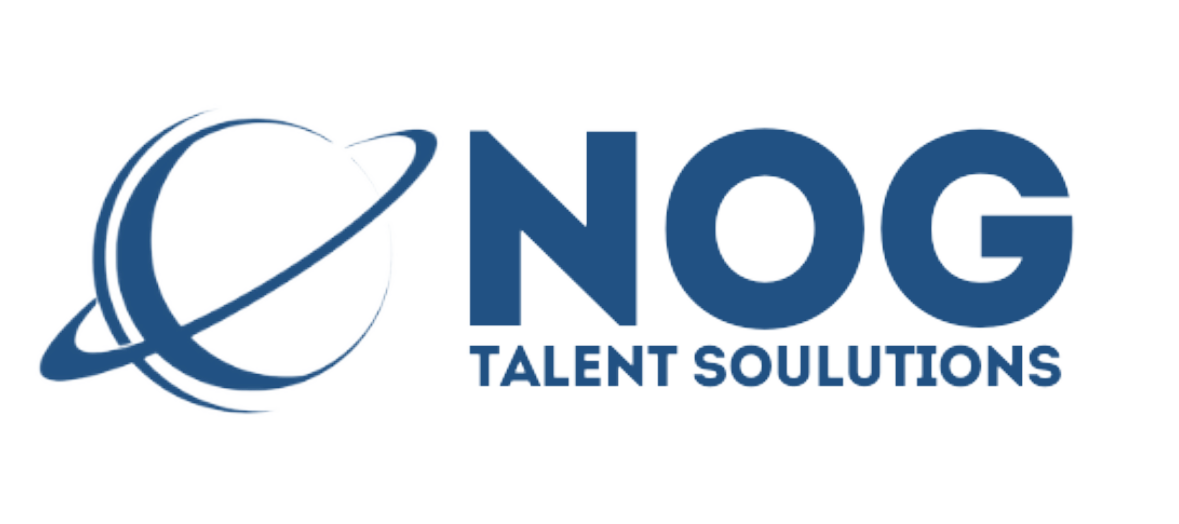Responsible Executive Coaching
 Are you wondering if executive coaching is appropriate for an individual in your organization? Are you trying to persuade an authorizing executive – or even the coachee – that it’s going to be beneficial? We’d like to dispel some of the myths and also help you understand instances when executive coaching is and is not worth the investment.
Are you wondering if executive coaching is appropriate for an individual in your organization? Are you trying to persuade an authorizing executive – or even the coachee – that it’s going to be beneficial? We’d like to dispel some of the myths and also help you understand instances when executive coaching is and is not worth the investment.
Isn’t It an Unaffordable Executive Perk?
Organizations that have never invested in effective executive coaching may not be clear on the distinctions between executive coaching and personal coaching. An executive coaching engagement should be evaluated like any other business proposition. What are the goals? What are the anticipated outcomes? How long will it take? How will we know if it’s working? Just make sure that evaluation is occurring. With the improving economy, it might even help your executive retention efforts if the coachee does view it as a corporate perk – as long as he or she becomes fully engaged in the coaching process. It’s a good time for executives to hear a vote of confidence in their future with the organization.
When Is Executive Coaching a Bad Choice?
You really need to become educated about executive coaching to determine that. Two of many telltale indicators that someone (an authorizing executive or the potential coachee) needs to understand more about executive coaching before a contract is signed are:
- The potential coachee indicates that the coach is needed to help improve the coachee’s presentation skills
- There is a stated need for an organizational development expert to do the coaching
A needs assessment is imperative. Once the needs of the organization and the individual are identified, you should distinguish which needs are best fulfilled by an executive coach versus other means. For example, there are a number of effective programs available for improving core professional skills, including presentation skills. Those programs are typically less expensive than executive coaching because they are less customized to the individual.
Similarly, the role of an organizational development expert differs from that of an executive coach. An organizational development expert examines the functioning of the entire organization with respect to roles that currently exist and advises on how those roles might need to change to more effectively carry out the organization’s current or evolving mission. Executive coaching does contribute to organizational effectiveness, but it achieves that by maximizing the potential of a given individual within a specific organizational role, whether that be a current or future role.
Another imperative is understanding whether the potential coachee is or can become sincerely committed to the coaching process. Both willingness and commitment must be present. Here’s an example of both not being present and why executive coaching would be a bad investment:
During a needs assessment with a VP of a municipality who was vying for the CAO job, it became clear that the commitment to development didn’t exist. The individual was merely willing to accept the coaching to impress the council and current CAO that he was dedicated to ongoing professional growth, and hence a viable contender for the position.
What Should Be in the Coaching Contract?
Once it is clear that coaching is what is required and everyone is on the same page in terms of what coaching is and isn’t, the process advances to the contracting stage. Just as blueprints are critical in construction, contracting in executive coaching is paramount for trust, clarity, consensus, transparency and focus. Ideally, the contract should spell out:
- Roles and responsibilities of coach, coachee, the coachee’s manager and potentially HR. Clearly spelling out what the manager and HR can do in this process ensures there is no abrogation of performance and development management/feedback from the manager.
- The focus areas and definition of success for the coaching. Ideally, there should be 1-3 focus areas. For each focus area, there should be a corresponding definition of what success looks like if the area is effectively addressed.
- Who is privy to what information? This is especially important if assessments are part of the process. Both the coachee and his manager should become comfortable with this so that trust and confidence in the process can be established and maintained.
- The timing of 3- or 4-way check in meetings. Check-in meetings include the coachee, the coach, the manager, and potentially HR as well. They are an important part of providing accountability for the investment.
- Length of the coaching engagement. There should be clear verbiage around justifiable grounds for extensions. For example, needs may change if the coachee is promoted or otherwise assumes broader or different responsibilities. This, along with definition of focus areas, helps to avoid run-on engagements and should eliminate fears that the coachee will become “coach-dependent” in order to be effective in his or her current capacity.
Open and sincere discussion of these points and inclusion of them in your contract is important. They can help everyone in the organization be confident that an appropriate investment is being made in executive coaching.
Melanie Hazell, President
Hazell and Associates
Toronto, Ontario
The post Responsible Executive Coaching first appeared on New Options Group Talent Solutions.





Contact
Email:
Quick Links
All Rights Reserved | NOG Talent Solutions





